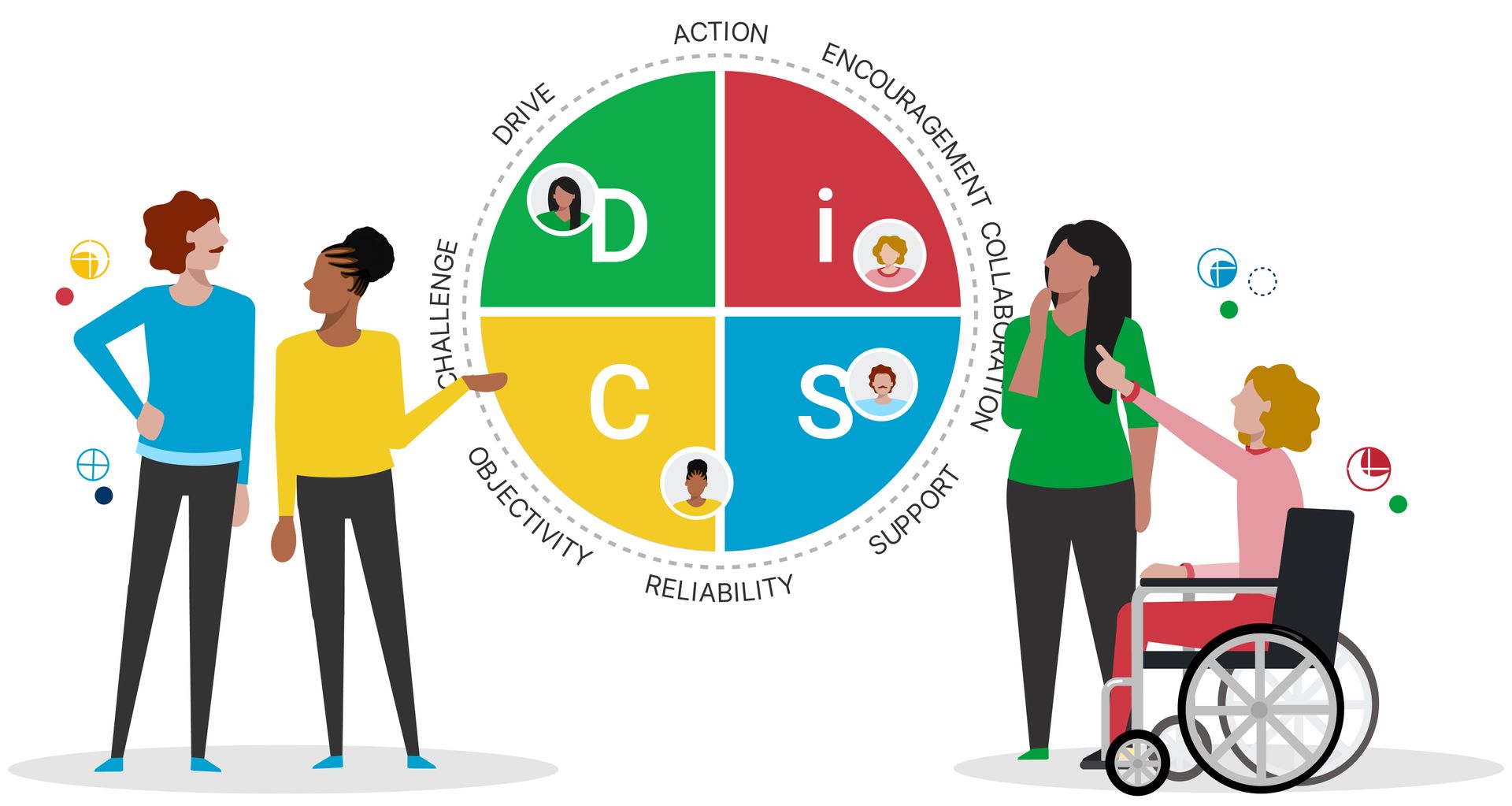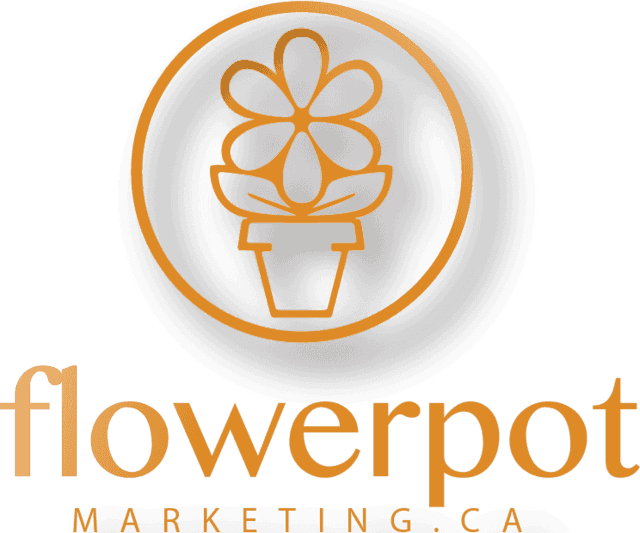By: Melissa Barlock
Whether I’m facilitating a corporate workshop or leading a training session for healthcare professionals, one thing remains constant: people want to feel understood, respected, and empowered at work. And yet, some of the greatest workplace challenges stem not from systems or processes, but from how we interact with one another. That’s why my most recent training sessions have focused on three powerful pillars of effective teams: Emotional Intelligence, Conflict Styles, and Communication.
Emotional Intelligence: The Unsung Superpower
In every session I lead, I emphasize that Emotional Intelligence (EQ) isn’t about being overly emotional — it’s about being self-aware, socially aware, and emotionally agile. EQ drives how we manage our own reactions, respond to others, and navigate workplace dynamics with empathy and effectiveness.
We explore the 5 core components:
- Self-awareness
- Self-regulation
- Motivation
- Empathy
- Social skills
These aren’t just buzzwords; they are measurable, trainable, and deeply impactful. When teams build their EQ, I’ve seen firsthand how productivity improves, trust deepens, and even difficult conversations become opportunities for growth.
Conflict Styles: Understanding Before Reacting
Let’s face it — conflict is inevitable. But how we handle it makes all the difference. Using the Thomas-Kilmann Conflict Model, I help teams identify their go-to conflict styles: Competing, Collaborating, Compromising, Avoiding, and Accommodating.
Rather than labeling one as “right” and another as “wrong,” we dig into the situational value of each style. For instance:
- Competing is helpful when decisions must be made quickly.
- Collaborating is ideal for long-term solutions where relationships matter.
- Avoiding can be strategic when emotions are high or issues are minor.
Understanding these styles allows teams to move from reaction to reflection — and that shift changes everything.
Communication: The Glue That Holds Teams Together
No training is complete without talking about communication — because it underpins both EQ and conflict resolution. But effective communication isn’t just about what we say — it’s about how, when, and why we say it.
Some of the practical strategies we cover include:
- Active listening (listening to understand, not just to reply)
- The “FORM” method to build rapport (Family, Occupation, Recreation, Motivation)
- Giving and receiving feedback using non-defensive frameworks
- Reading and responding to non-verbal cues
We also use DiSC assessments to help individuals understand their own behavioural styles and learn how to adapt their communication to connect more effectively with others. It’s incredible to watch how quickly team dynamics shift when people learn how to flex their communication style.
These topics aren’t just “soft skills” — they’re the backbone of strong leadership and cohesive teams. As we move through another year of change, hybrid work, and growing complexity, organizations that prioritize emotional intelligence, conflict navigation, and effective communication will be the ones that thrive.
If your team hasn’t revisited these foundational tools in a while, now’s the perfect time to start the conversation.
At Enspire, we offer customized trainings for both large groups and smaller teams — available online or in person. Whether you're looking to improve communication, reduce friction, or build leadership capacity, we’re here to support your team’s growth.
Enspire Dental Opportunities is looking forward to working with you.












